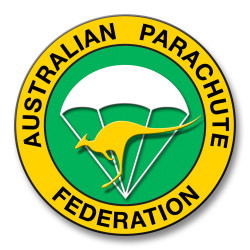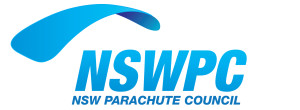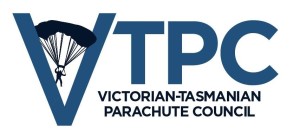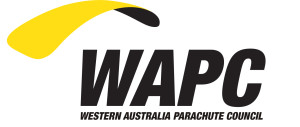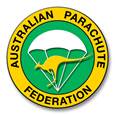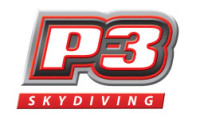Aussie Bigways Mission Statement
Inspiring a national community of skydivers to achieve safe and successful bigway formations through best practice events.
CONTACT
LATEST ARTICLES

Captains Log, News & Updates / 25 Jun 2021
Captains Announcement June 2021
HELLO all you awesome Aussie Bigway skydivers! It has been a quite a while now since we have got out much in the way of an update to you all. ABW has been a hive of activity behind the scenes and after much discussion and agreement between the team members, we would like to make the following announcements and provide the subsequent information regarding upcoming ABW events. POSTPONEMENT OF NATIONAL FULL BREAK SEQUENTIAL RECORD EVENTABW has decided to move this record event to later in 2022 Due to the constant changing situation caused by the Coronavirus Pandemic, we have been facing many challenges planning any type of National Camp or Event – especially if it involves interstate travel. We only have to look right now at all our friends in Victoria, who very recently suffered through their fourth lockdown and still have post lockdown restrictions; and I recently travelled to Perth and was immediately in lock down on arrival for 3 days! We will look to reschedule National Events later in 2022 where we feel our state borders will well and truly remain open and all of our team nationally will have an equal opportunity to gain currency and be able to attend. STATE RECORD EVENTS 2021/2022ABW is organising State Record Events We are following WA and SA State Parachute Councils lead in organising State Record events around the country. Worthy to note, State Records have never been done in the States of Victoria, NSW or QLD! ABW is working towards having all States to adopt the same State Record Rules format for consistency. As of writing, NSW and QLD area Parachute Councils have adopted the WA and SA rule model for records. Victoria is currently pending however we are quietly confident (fingers crossed) they too will adopt the State…

News & Updates, State Mentor Updates, WA Mentor Updates / 04 May 2021
How Big is Big and What Makes a Record?
If we consider Big Ways then we need to look to the world stage. A single point formation 400 way and a women’s 181 way; sequential records of a 2 point 219 way, 3 point 217 way, 5 point 106 way and a women’s 2 point 117 way, which was also an open record for a short time. In Australia Big Ways are still big. A single point formation 130 way and a women’s record 47 way; sequential records of a 2 point 45 way, a 3 point 32 way and a 3 point 54 way (this was achieved before the sequential rules were included in the sporting code) along with a women’s record of a 2 point 19 way. It’s all relative! In WA we are happy to acknowledge our Big Way records and we do things slightly differently. WA’s largest formation is a 2 point 41way. This was achieved in 2003 before the sequential rules were included in the sporting code and we have a women’s single point 27 way formation, achieved in 2000. For sequential records, besides the 2 point 41 way we also have a 3 point 17 way and a 2 point 19 way as well as a women’s 3 point 10 way and a 2 point 19 way. I don’t know whether other states acknowledge their state records, but I think they should. Records are a point of celebration and a means of measuring participation and success within the skydiving community. It gives skydivers an opportunity to hone their skills in a smaller arena and an opportunity for a little bit of interstate competition. Not that I’m competitive and remember it is all relative. I know that the APF’s sporting code does not recognise state records, only national records, but does that matter? In…
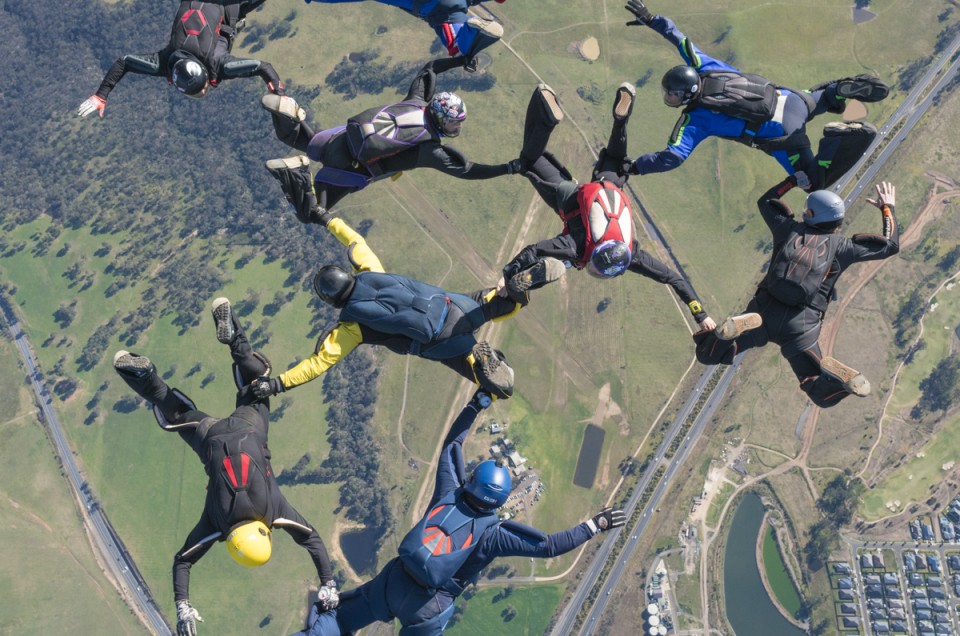
National Perspective, News & Updates / 22 Oct 2020
End Of Year Bigway And AdvancedOz Camps
End of year Bigway and AdvancedOz camps at Sydney Skydivers Dear Aussie Bigways participants, As 2020 draws to a close, we are seeing at least a partial lifting of movement restrictions and easing of travel conditions. Building on that and in a spirit of indomitable optimism, Aussie Bigways offers you a number of ABW Camps before the end of the year. All Camps will be held at Sydney Skydivers DZ at Picton. A $20 per day participant fee is payable by each participant. Saturday 28 November 2020 – one day Bigway event Coached by Dave Loncasty and Mark Higgins Numbers limited to 14 participants including Higgo and Dave plus camera Intermediate skills event to build currency and new skills in experienced RW jumps and those who are new to RW Apply at: higgolikestojump1963@gmail.com Sunday 27 and Monday 28 December 2020 – two day Bigway event Coached by Dave Loncasty and Martin Klapper Numbers limited to 14 participants including Martin and Dave plus camera Intermediate skills event to build currency and new skills in experienced RW jumps and those who are new to RW Apply: Fill out form Tuesday 29 and Wednesday 30 December 2020 – two day Bigway event Coach TBC Numbers limited to 14 participants including coach and camera AdvancedOz skills event to build currency and new skills at the AdvancedOz level Apply: Fill out form Also on Wednesday 30 December 2020 – ABW Sequential squad Coach: Melissa Harvie Numbers: 12 including coach plus camera The sequential squad’s goals are: Train as a committed and consistent team for a scheduled series of camps Train in the skills, knowledge and attitude that will help participants qualify for slots on the Australian Sequential Record team Learn and grow as advanced skydivers, team mates, coaches, and camera flyers Achieve multiple point sequential skydives in a safety conscious…
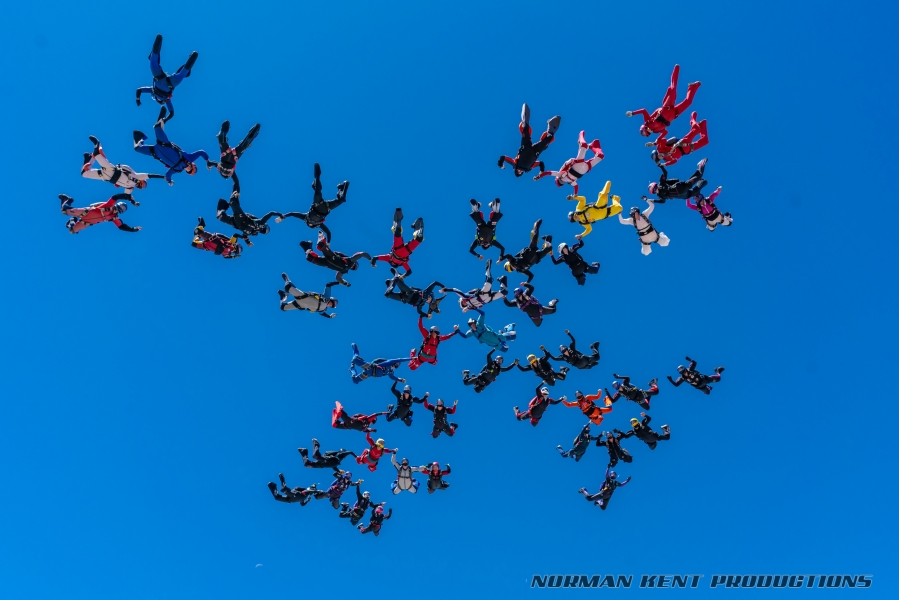
Captains Log, News & Updates / 08 Sep 2020
Aussie Bigways events in 2020 and 2021
Aussie Bigways events in 2020 and 2021 Dear awesome Aussie Bigways People, The last few months have seen the cautious but positive and most welcome restart of skydiving operations around Australia and the subsequent halting again of such operations in Victoria. It’s been an incredibly tough first half of the year for our DZ operators, and it’s on us all to support them as best we can as restrictions are eased and to make our return to the skies safe for everyone. Many of us are fortunate to be back in the air and in the tunnel. Our Big Way Buddies in Victoria are earthbound once again and our thoughts and best wishes are with them. So, on to forthcoming Aussie Bigways events. The Aussie Bigways Intermediate and Advanced skills Event in December at Moruya will be deferred to 2021. That probably won’t come as a big surprise to many of you. We’ve made that decision on the basis of a number of factors, the most important one being to ensure the safety and wellbeing of our participants. Significant travel restrictions remain in place for just about every State and there is no sign of easing soon, so the ability of large numbers of our members to travel to the Moruya event, and for some even to be current to participate, remains in doubt. So bring on the new year of 2021 !!!!!!!!! We will let you know as soon as dates and the format for an event or events in 2021 are decided. We are looking at a few options including to hold two events running – an intermediate and advanced camp, closely followed by a full break sequential record event, as was initially planned for November / December 2020. We’re staying positive and will keep you as informed as…

News & Updates / 31 Aug 2020
National Event Update
Intermediate and Advanced skills event at Moruya, 2 to 5 December 2020 Opening of registrations for this event has been delayed, please stay tuned – we’ll post an update here in a few days and if you’re on our mailing list we’ll also update you by email. Stay safe and get current! Martin Klapper Aussie Bigways National and Premier Event Coordinator
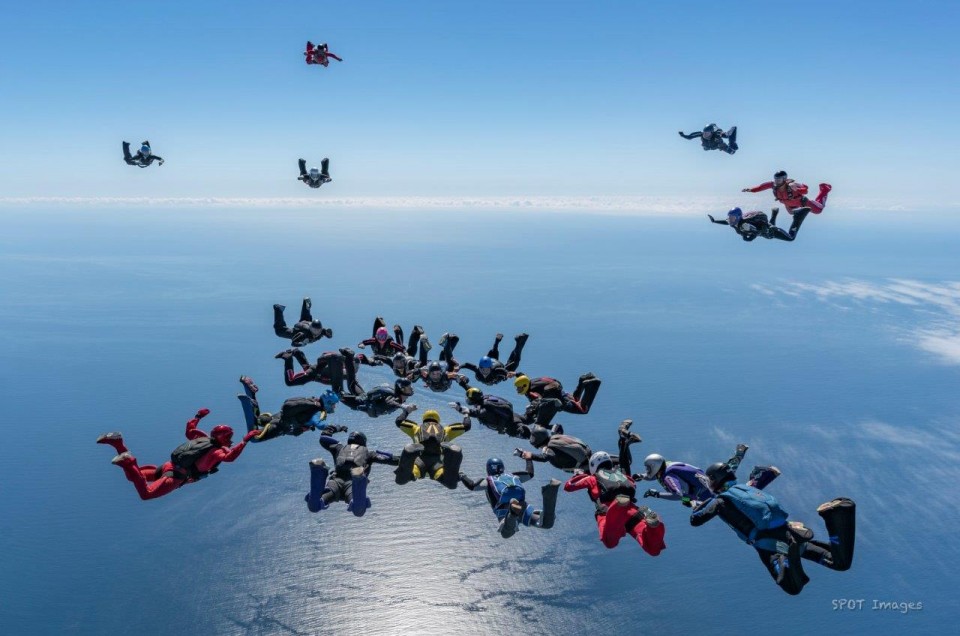
Captains Log, News & Updates / 14 Jun 2020
Captains Update, Aussie Bigways – June 2020
Aussie Bigways’ plans for events in 2020 and 2021 Dear awesome Aussie Bigways jumpers A lot has happened since my email to you in April, so here’s Aussie Bigways latest and an invitation to participate in Aussie Bigways’ events in 2020 and beyond. With good progress around Australia towards the easing of COVID-19 restrictions, including a number of DZs re-opening (albeit with restrictions) or being well on the way towards that goal, your ABW leadership team can now make some decisions about future events, primarily the Intermediate and Advanced Bigway Camp planned from 3 to 6 December 2020 and the Full Break Sequential Record Event from 10 to 13 December 2020. Due to a number of contributing factors Larry Henderson will not be coming to Australia this December for the Aussie Bigways’ end of year events at Moruya. We are immensely grateful to Larry for his agreement to coach our Bigways and Record Events, however given the current uncertainty of international travel between the US and Australia, the potential health impacts and possible isolation requirements in both countries for Larry and the question of aircraft availability in December to mention the most pressing issues, we feel this is very much the sensible and correct decision. Given this and related COVID-19 factors impacting currency and facilities locally, we have decided to reposition the end of year events to a FUN Intermediate and Advanced skills development event and postpone the Full Break Sequential Record Event to 2021. Dates are yet to be confirmed, however the record event will be scheduled a few months after Nationals and not before May 2021. The postponement was not an easy decision, but one we needed to make given the uncertainties mentioned above. COVID-19 has impacted our jumping and Bigway currency, with not being to get into…
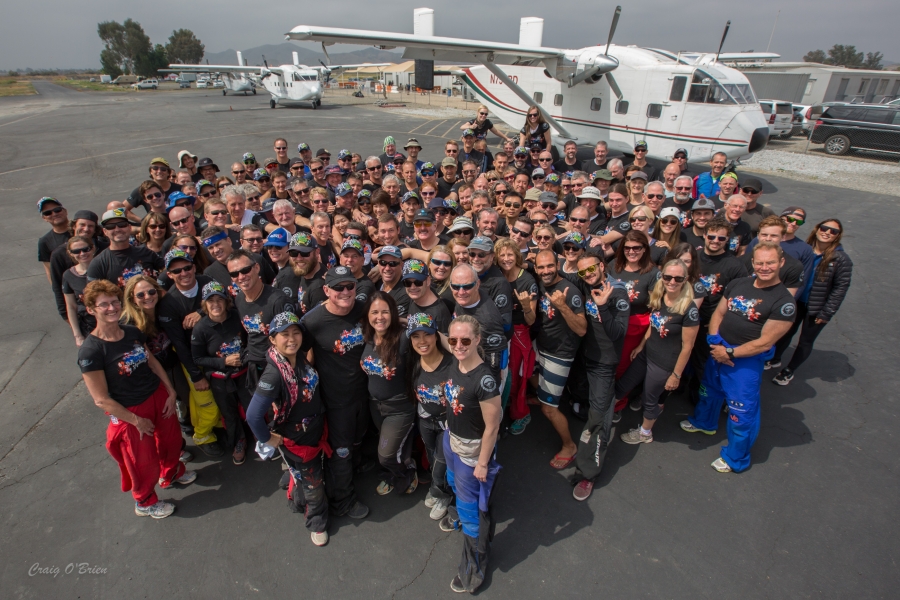
Captains Log, News & Updates / 10 Apr 2020
April Update – Jumping in 2020
Lastest Article
Covid-19 has unfortunately impacted our lives and the sport we love. To read about what the Aussie Bigways Leadership Team is doing to plan for the future please see a message from Captain Greg Jack.
Skills Development

Resources, Skills Development / 01 Feb 2016
Aussie Bigway Skills and Event Guide
The below provides a guide to the ideal entry level skills, knowledge and attitude (SKA) required to participate successfully in the Aussie Bigways events. Download Guide Here Click on the images below for an enlarged view.

Skills Development / 01 Feb 2016
Dimensions – An Article on Body Positions
Having the ability to fly with power to your body position, be strong and in control of the air makes you a far more valuable big way team member. It also reduces the likelihood of being picked on in a any debrief Please contact me directly for further information and to discuss how my coaching Programs would empower you to fly with control, precision and confidence.
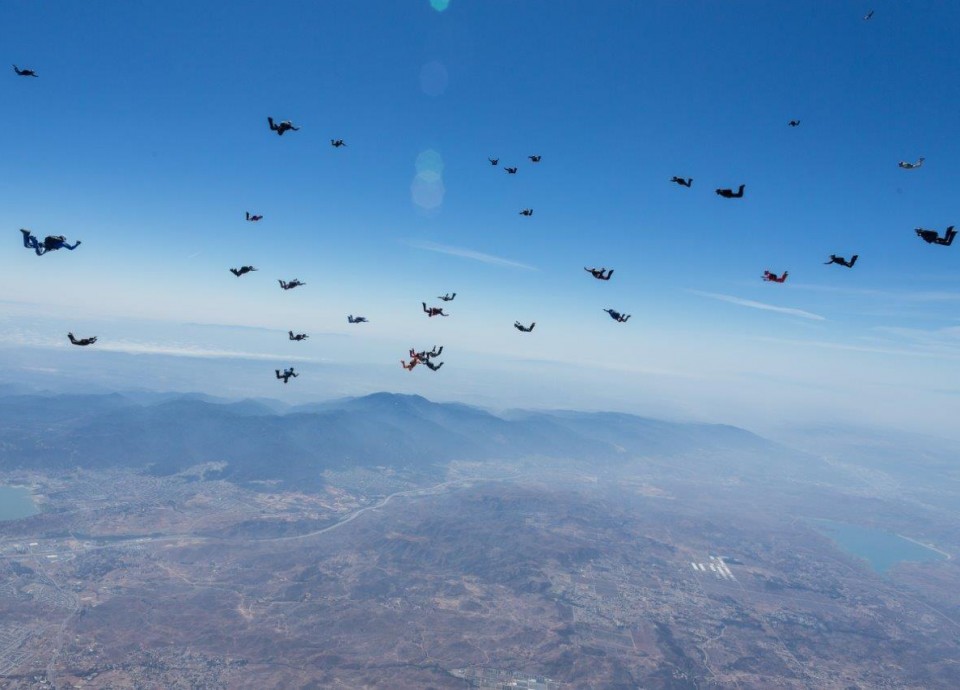
Skills Development / 01 Feb 2016
Big Way Formation Slot Skills
Note – Participants should aim to learn the skills that would enable them to be suitable for a variety of slot types noting that greater flexibility in the slots they can perform will increase the likelihood of them being included in the record as there are only so many of each slot to go around.
Bigway Pro Tips
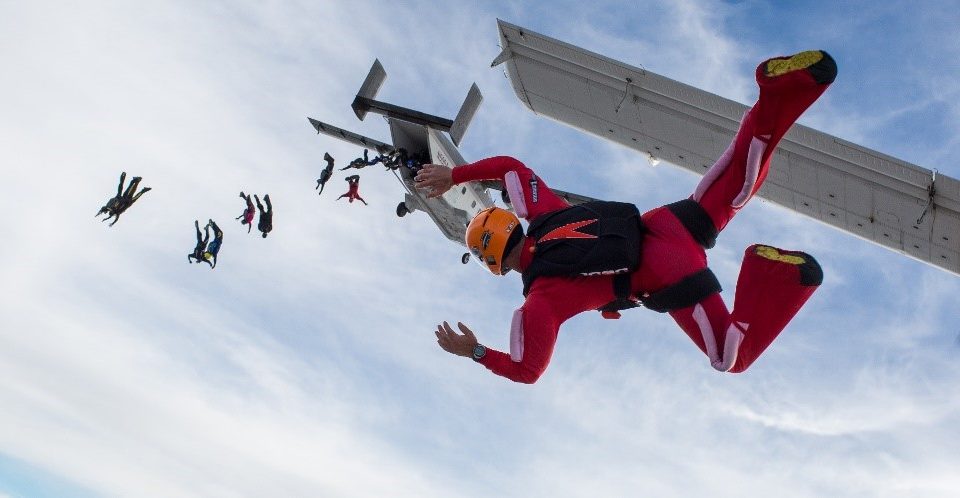
Pro Tips / 20 Mar 2019
Tips for Bigways No 26
The Hill – how to fly on it The time it takes from exit to reaching terminal velocity and being belly to earth is known as being ‘on the hill’. The characteristics of the air on the hill are different to when we are flying at terminal. We are accelerating and the air is softer and less responsive to the dynamic arm and leg movements we may make to maneuver at terminal velocity when the air has greater resistance. With limited working time in competition rounds, teams in all freefall disciplines are acutely aware of learning how to fly on the hill. They cannot afford the 6-8 seconds it can take to reach terminal before they score points. And so, they learn techniques to fly in this softer air. In this photograph, see how each of the team members is working to maintain presentation to the relative wind, not just as an individual but for the team in the formation overall. They are maintaining pressure in their body posture, making the most of their boosters in the process. In this next picture, time will be wasted whilst the team regain stability after poor presentation to the relative wind on exit. For a big way team, it is no different. If we let ourselves be flotsam when we are on the hill or indeed if we make overly dynamic movements, we run the risk of wasting time or cutting into the air and losing our stability, making the difference between having a record or not. The secret to flying on the hill is to: – Maintain presentation to the relative wind and pressure in your body posture – Apply smooth inputs and hold them until the air responds and they take effect Aircraft type will affect how we present to…

Pro Tips / 03 Mar 2019
Tips for Bigways No 25
What are you doing to prepare for Perris? Share your ideas and experiences on Facebook, #trainingforperris Perhaps you have discovered a great training drill you can do on your own or in a two way or an exercise you can do in a swimming pool or as you stand at the bus stop or in the gym. Does your core control improve by balancing on a fitball? Show us! Whatever it is, your team mates will appreciate knowing about it so that they can try it too. As we get closer to our event in May, we each need to take every opportunity to get ready physically, mentally and technically. Let’s have some fun sharing ideas, photographs and footage of our preparation on Facebook and make this team the best it can be. For inspiration here are a few skydiving drills you can try: Practice dive exit presentation from a kneeling position in the door or from a later slot running down the aisle and launching off your left foot. Emphasize being the ‘snot rag’ to reduce the throw forward then transition to a dive. http://www.aussiebigways.com/media/photos/ check out Greg Jack as he demonstrates dive exit presentation. Strut Cam York Video#1, 17 seconds. Hold the dive, stay on a radial then stop hard as if you were setting up in your stadium. Try this process from all the different floater exit positions and practice tracking back up the hill. Exit with a friend, leaving together and practice diving on parallel radials or have one person sheep dog the other. Practice your pop turns and transition to a flat track as you translate on a radial from an imaginary center or away from a friend sitting base for you. Try popping, translating and transitioning to a track in a two or three…

Pro Tips / 23 Jan 2019
Tips for Bigways No 24
Using oxygen for high altitude skydives In Perris, we will be exiting at higher altitudes during our Bigway Event and will be using oxygen in the climb to height. This link opens a briefing prepared by Skydive Oz for our 2017 Premier Event. It provides a handy reminder of how to use oxygen in skydiving and recognize the symptoms of hypoxia. https://www.skydiveoz.com.au/high-altitude-skydive-brief/ We will be issued with a cannula and hose during the Bigway Camps. You can choose to wear the cannula under your helmet or cut a section of tubing and insert one end into your mouth or nose on the ride to height. The other end is plugged into the oxygen valve above or near your seat in the aircraft. There is nothing more distracting than being hit by wayward tubing in freefall and since there is only enough for one kit per person for the event, it is recommended that you run the tube up the arm of your jumpsuit and detach it from the valve just before exit. This keeps the tube safely with you ready to use on the next jump. Please raise any questions or concerns with your Aussie Bigways Coach or Mentor before May so that you can be fit and ready to fly with oxygen at the event. Melissa Melissa is a member of the Aussie Bigways coaching team and the Australian Skydiving Team. She is an experienced skydiving competitor and coach with a history of National and World level representation in 4-way, 8-way and Bigway Formation Skydiving. Contact Melissa to discuss how her Supercharge coached programs can help you develop the flying skills you need to achieve your goals. melissaharvie@gmail.com 0408 553 561

Pro Tips / 11 Jan 2019
Tips for Bigways No 23
Your Audible – more than a hard deck Flying with an audible altimeter in your helmet is a mandatory requirement to jump with the Aussie Bigways team. This tip explains how you can use your audible to reduce risk in our team jumps. When rules are not explained or understood they might be given lip service. In this case, lip service can cost you or your team mates their lives. What audibles do Original audibles offered a warning for track-off and deployment. There was typically only one volume option, settings were hard to change and broad in their height range. Current technology now offers multiple freefall alarms in one unit as well as alarms that can be used to guide canopy landing patterns, all set to trigger at a very precise altitude with a variety of volumes and alarm tones available. Risk increases in a Bigway In a Bigway, risk is increased due to the number of people in proximity, in freefall and under canopy. The P3 Bigway Methodology helps mitigate risks through defined processes to exit, approach, dock, fly in slot, track-off and land. Even if we follow these processes, the bigway environment increases the risk of distraction and loss of altitude awareness. Typical triggers include: – A funnel – A collision on exit, approach, track-off – Being overly focused on flying your slot – Seeing someone below you or close to you at deployment time – Prioritizing landing area over pattern How to use your audible to reduce Bigway risks Risks can be reduced by using freefall alarms for: – Initial track-off – Your tracking group track-off – The flare out of your tracking group – Your deployment – Your hard deck – Always use one setting for your hard deck. Other considerations: – If you rely on…

Pro Tips / 03 Nov 2018
Tips for Bigways No 22
Plan B – not just for canopies You turn to track in the second wave and see the first wave all too clearly in front of you, they have been slow to leave the formation. There is a third wave behind you. What do you do now? When you are dirt diving, learning the plan is top of mind. Your exit slot, your radial on approach, who is in front of you and to your side, opposite, what grips you need to pick up, what angle you need to be on, your track off sequence and landing pattern. There is a lot of information to consider for the perfect jump. It’s no wonder that, when things don’t go exactly to plan and time is short, the risk of mistakes being made is much higher. Dan BC places a strong emphasis on gear awareness and expecting a hard pull, expecting a malfunction. Having confidence in your response helps you execute emergency procedures efficiently and with a calm mind. Likewise, in your preparation for a jump, considering potential scenarios in advance puts you in greater control of the outcome, the success of the skydive, your safety and that of your team mates. Start with some fundamental situations like being caught in the door on exit and leaving later than everyone else, falling off the aircraft before the exit count, being low on break off, being high on break off, someone opening below or very close to you, your audible battery failing on the ride to height, forgetting your visual altimeter, the track off scenario I mentioned earlier or landing very close to another canopy. Your plan may vary depending on the specific jump so listen during the briefing. Your coach or organizer will often provide the direction for some of these scenarios….

Pro Tips / 08 Aug 2018
Tips for Bigways No 21
Shoes – for flying finesse, not just for fashion With modern booster technology, your feet now play a greater role in how you can finesse your flying techniques. When your boosters are engaged and inflated, you can adjust the level of pressure and direct the airflow using your feet to make moves with greater precision and less overall body movement. These techniques build on an established foundation of personal body flight skills and are most effective with well-fitting boosters especially the type that are enclosed around the whole foot and extend from toe to knee. Shoes play an important role in how you can use your boosters to fly in this way. If you wear flexible shoes with little structure to the sole, it is harder to create the strong platform to effectively tilt and turn the base of your booster to guide the blade in the wind. Talk to your coach, ditch the stilettos and the Teva’s and opt for something more solid then have some fun adding these techniques to your toolkit. I remember trying these techniques for the first time with Craig Girard a few years ago in flexible shoes. Craig is the master of this technique. I never knew there were so many little bones in my feet!! Featured Photo by Tirachard Kumtanom from Pexels Melissa Melissa is a member of the Aussie Bigways coaching team and current Australian Skydiving Team. She is an experienced skydiving competitor and coach with a history of National and World level representation in 4-way, 8-way and Bigway Formation Skydiving. Contact Melissa to discuss how Supercharge coached programs can help you develop the personal flying skills you need to achieve your goals. melissaharvie@gmail.com 0408 553 561
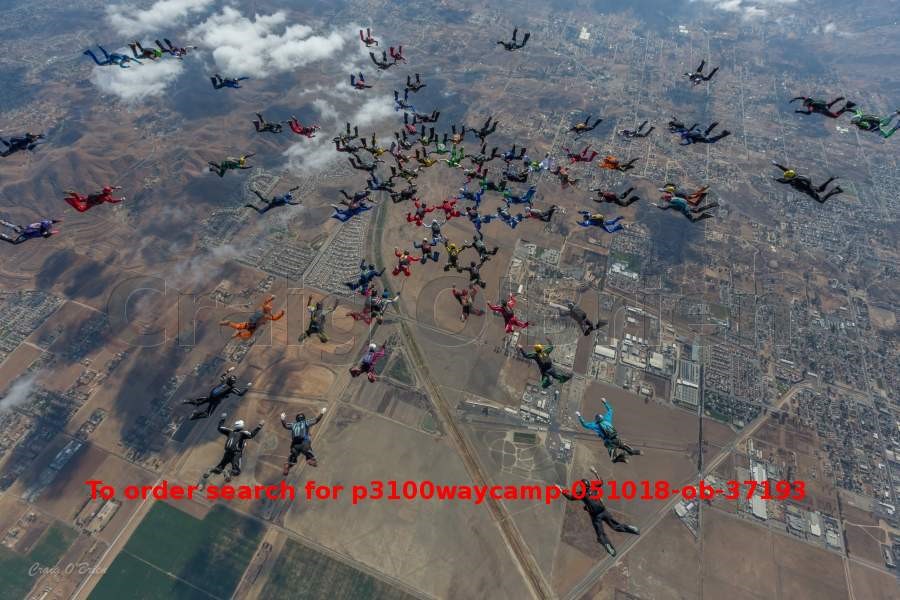
Pro Tips / 05 Jun 2018
Tips for Bigways No 20
Do you have the exceptional skills needed for a base slot? Photograph Credit – Craig O’Brien www.skydivingphotography.com There needs to be a base built for others to dock on and, if the base is slow to build, completion is unlikely. A base for a 150-way formation may be in the region of a 40-way and it must build quickly to provide a reference for others in their set ups and a framework for them to dock. If you are part of the base build, be it a 2, 4, 8 or 40 way, you will need the skills and the equipment to exit, approach, stop and dock with efficiency. You will hear the phrase ‘closer not faster’ to describe how we encourage people to learn these techniques. Start by getting comfortable being close rather than hanging back or stopping in the stadium. Whilst there is a stadium in your approach when you are part of the base, it provides a passing reference as you continue to your slot. Then practice integrating the moves to dive, slow, mush into your slot at the right angle and speed to stop fully and pick up grips on level and with no momentum, all in one fluid movement. In addition, you need the skills to keep the formation flying. As time pressure increases, it is not unusual for those docking on the base to bring momentum and levels into the formation. When this happens, we rely on the base members and other skilled flyers to manage the impacts these people introduce. It’s not an ideal situation. however, many a record or completion is thanks to the resilience and the exceptional skills of the base. They must have the body flight mechanics and mental focus to anticipate and manage impacts, keep the base on heading,…
SUPERCHARGE
Supercharge is a coached program to help you develop the flying skills, control and confidence to achieve your sporting goals.



